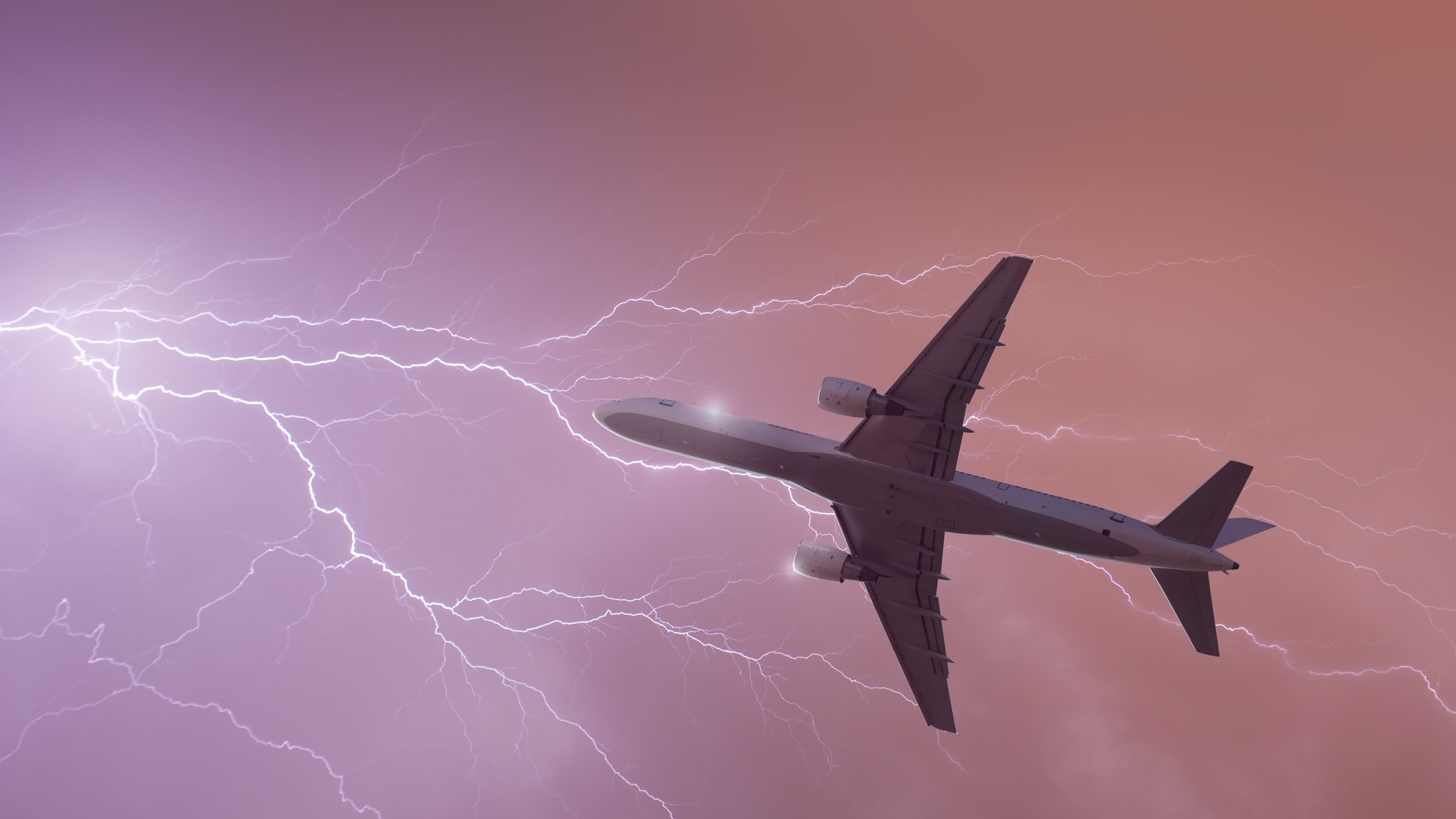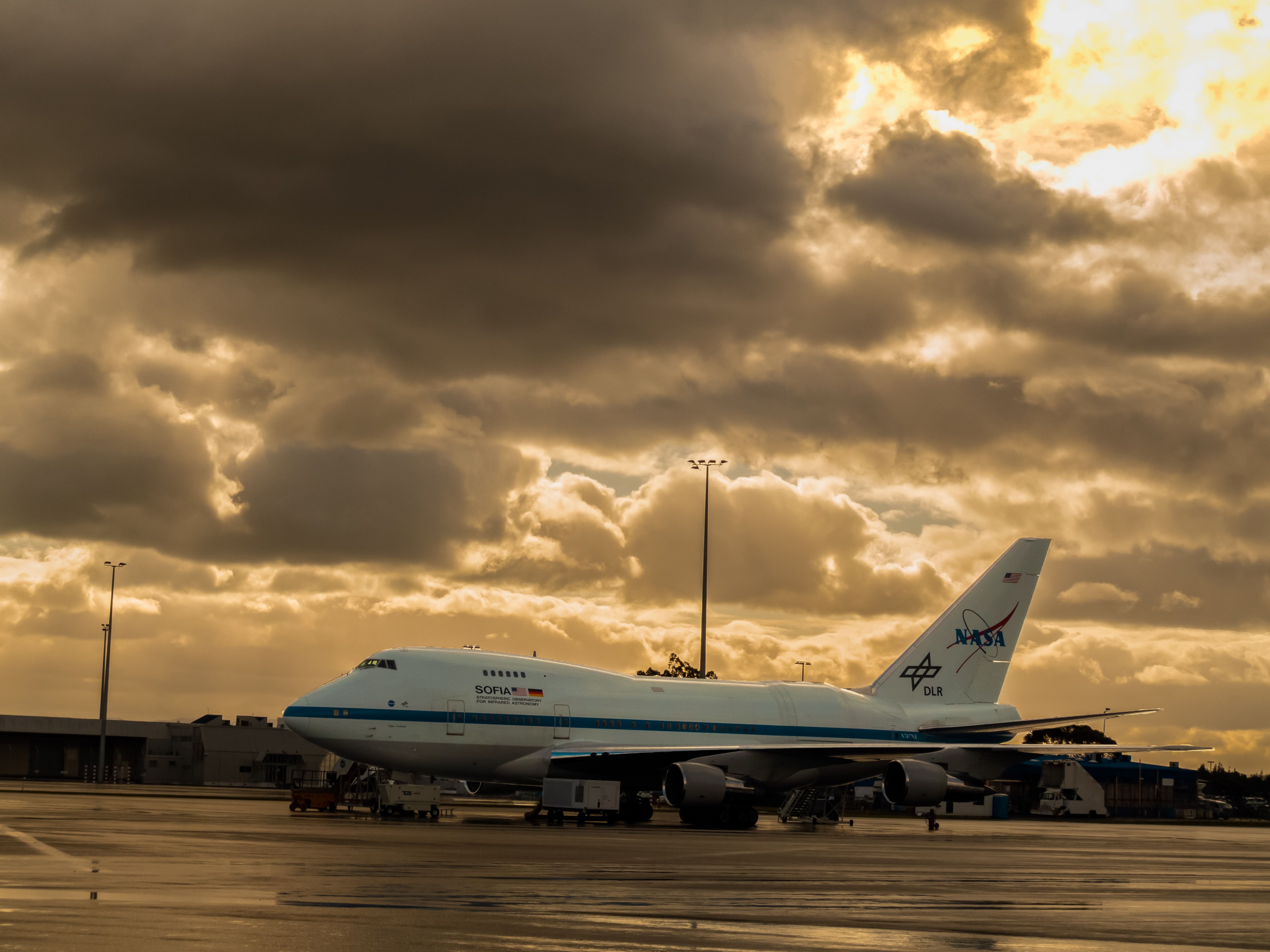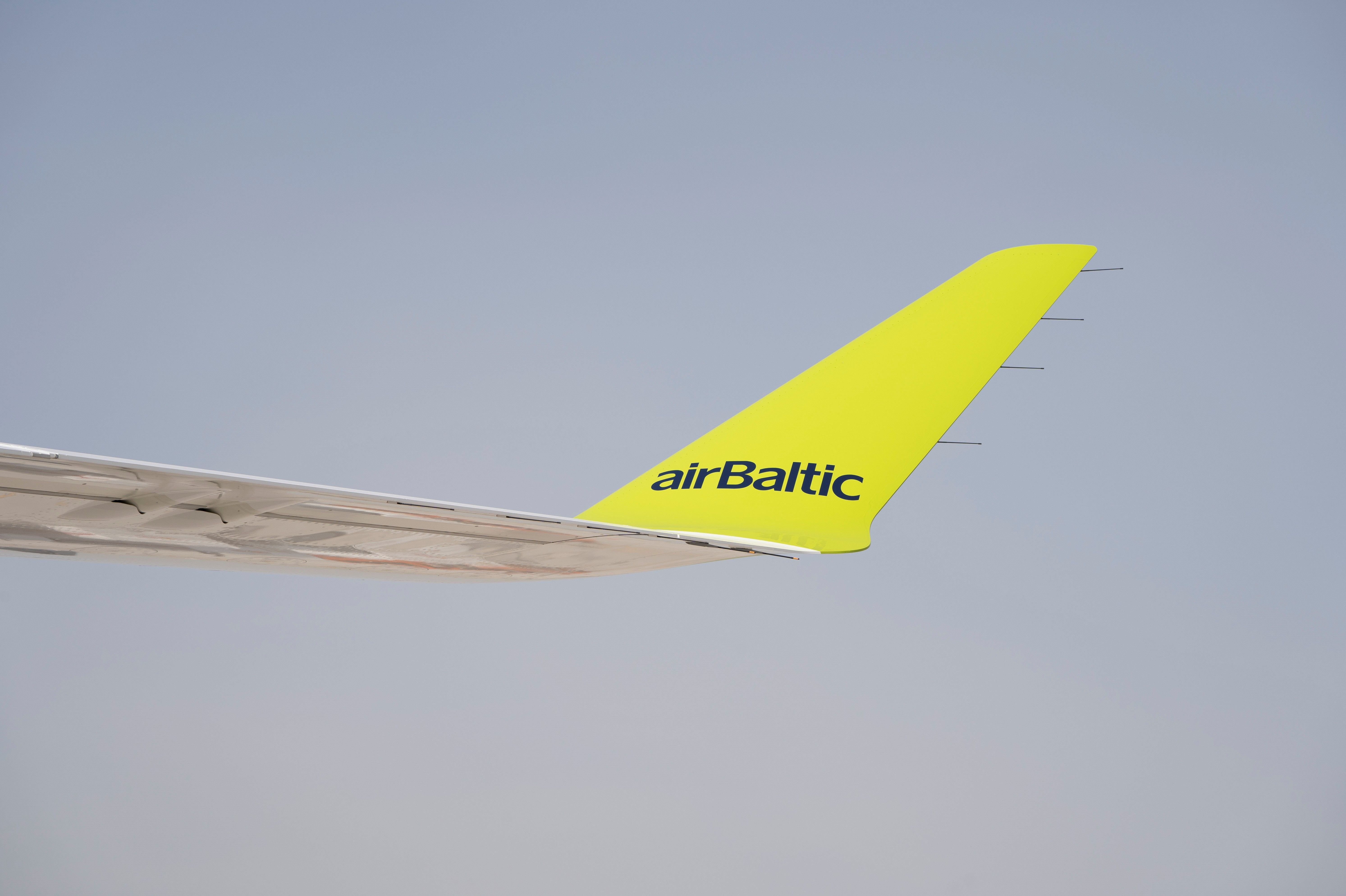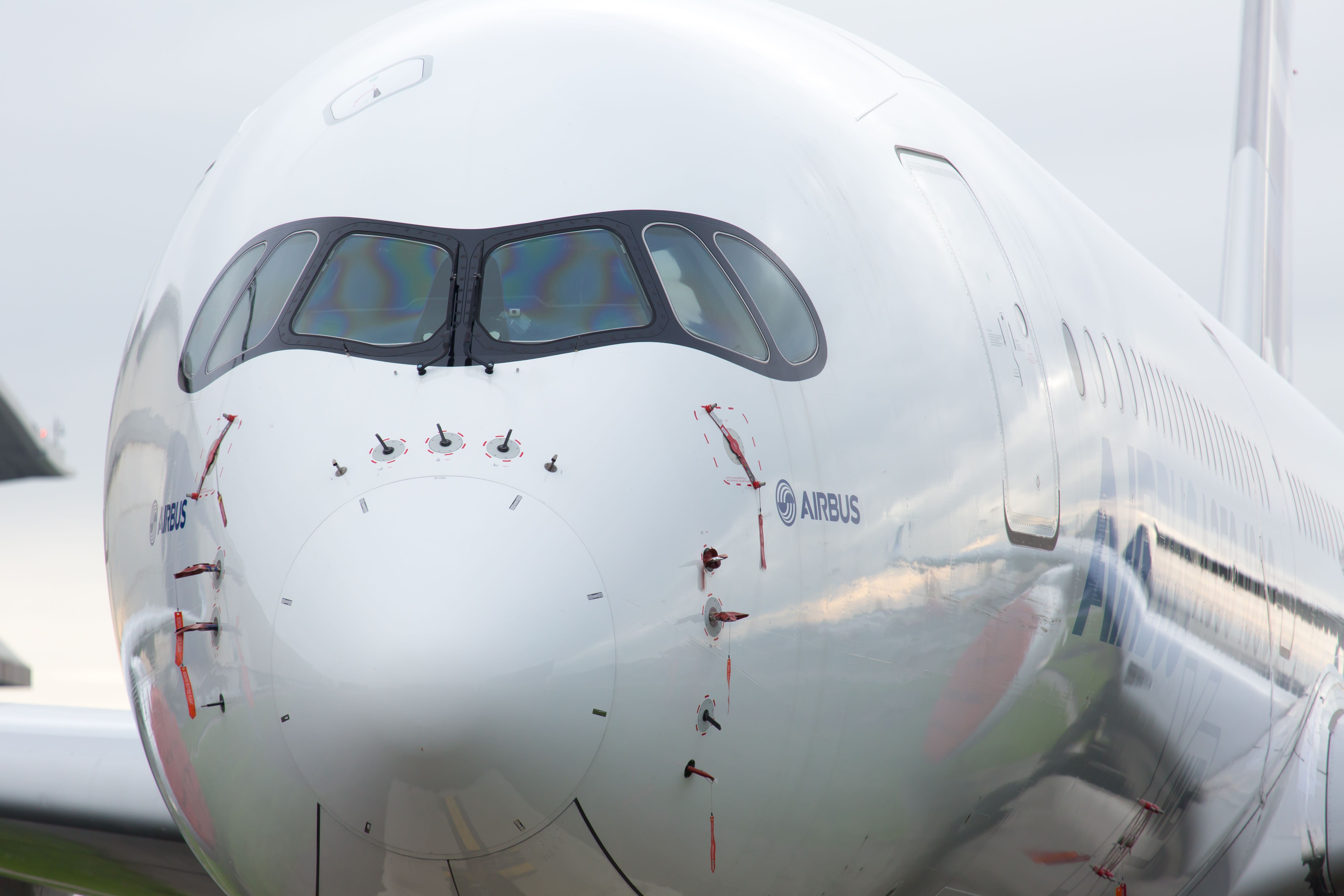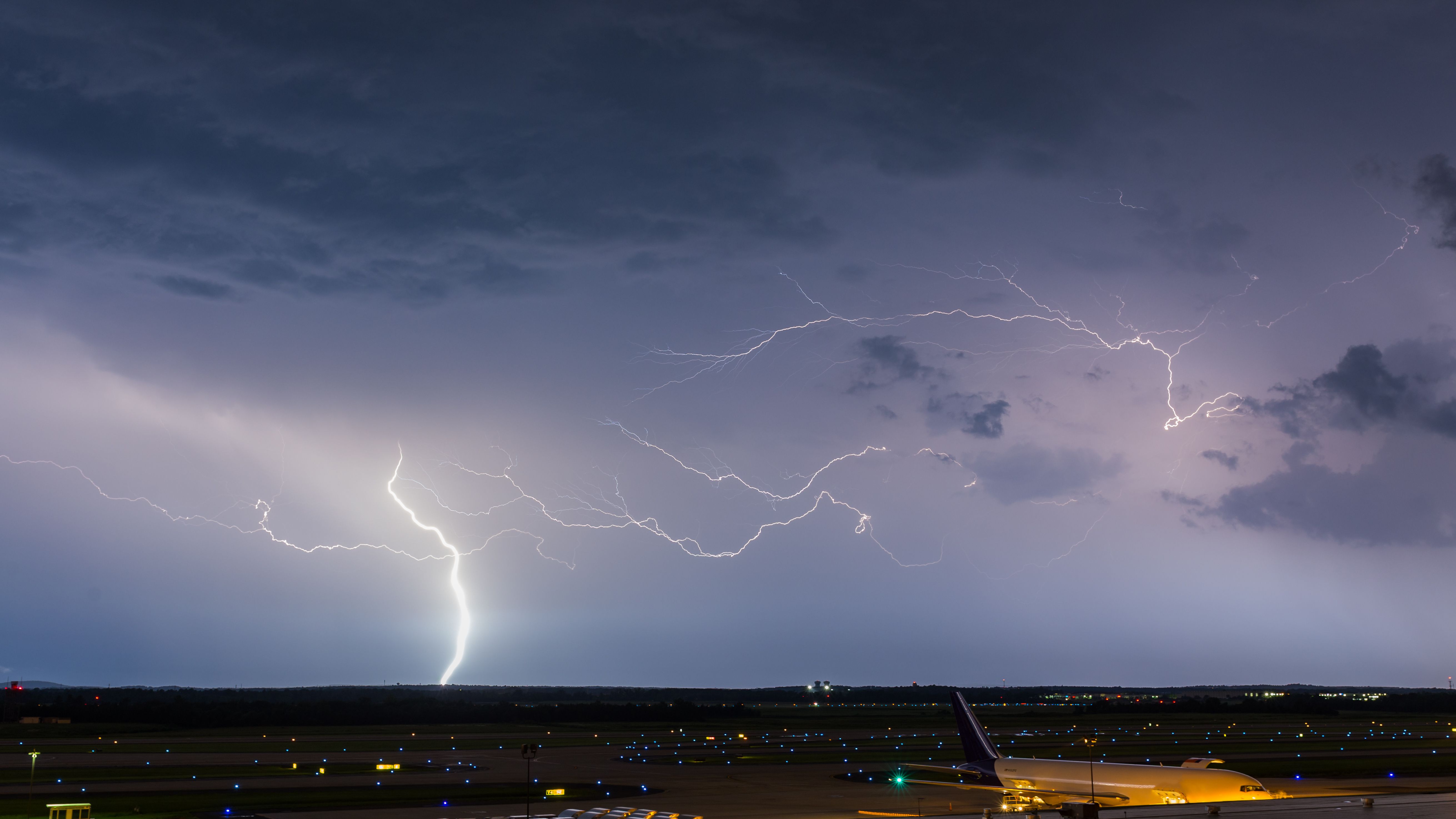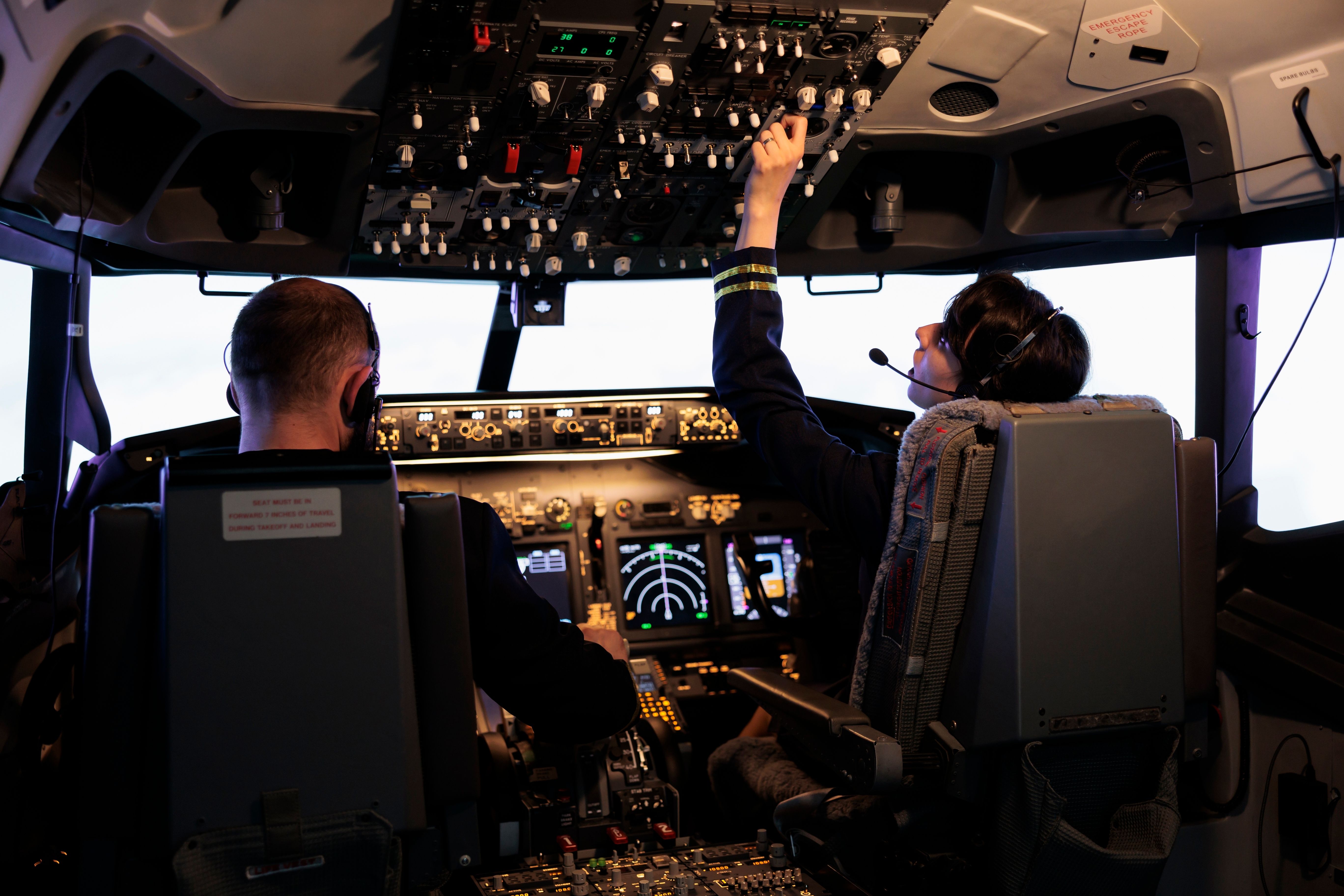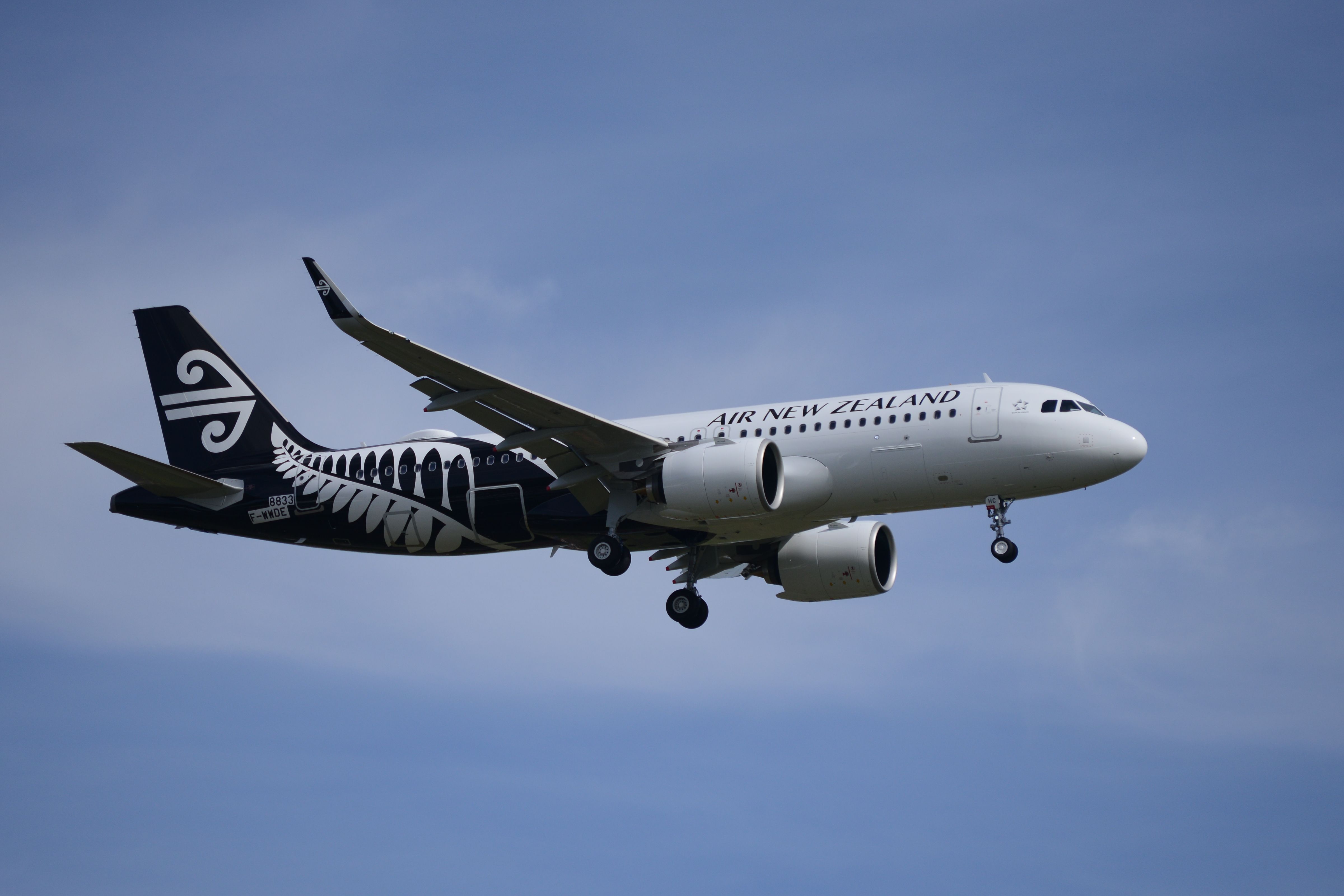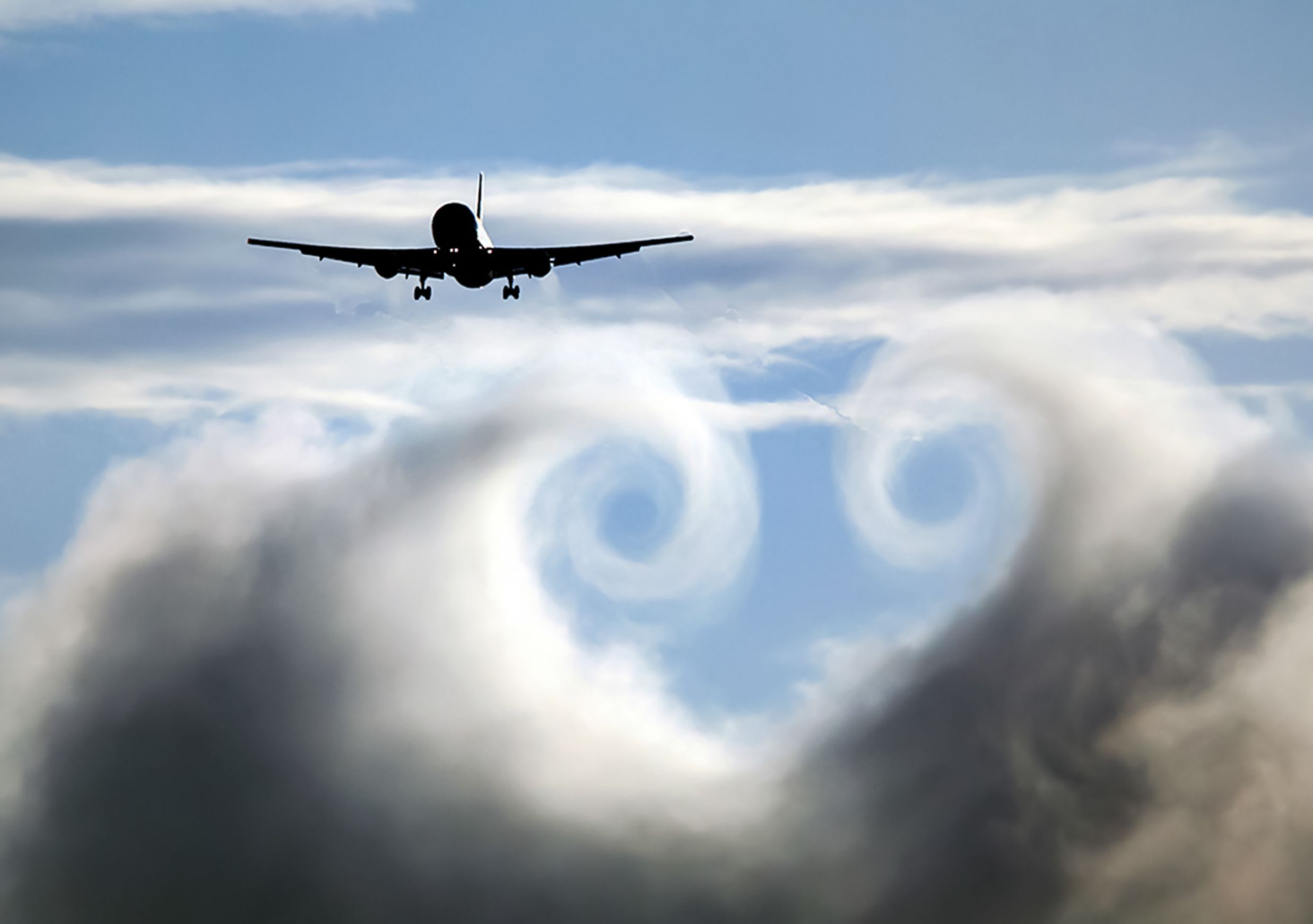Summary
- Lightning strikes on aircraft are common occurrences, with planes being struck by lightning almost daily.
- Lightning is more likely to occur during take-off and landing, and at lower altitudes between 5,000 and 15,000 feet.
- Modern jets are designed to withstand lightning strikes, with features such as static wicks and additional lighting protections in lightning-prone areas.
No one enjoys flying in bad weather. However, lightning strikes on aircraft are much more common than one might think. And yet, no planes are dropping from the sky in electrical outages. So what exactly happens when an aircraft is hit by lightning?
Lightning strikes are near-daily occurrences
Planes all over the world get struck by lightning almost daily. According to the US National Weather Service, an aircraft in commercial service is hit by a bolt of lightning on average once or twice yearly. However, the frequency of a specific aircraft getting hit depends on several factors.
These include how many take-offs and landings the aircraft performs. This means that infrequently used airplanes would be less likely to get struck by lightning than one that flies several times a day.
The frequency of lightning and thunderstorms also depends on geographic location. They are more prevalent near the equator due to the convection currents created by the warm air. In North America, areas like Florida average 100 thunderstorms daily, while most of the West Coast averages only 10.
Where in the sky are lightning strikes most likely to occur
If you are a frequent flyer who has flown through several thunderstorms, you may have noticed that lightning is more common at certain stages of the flight. More airplane lightning strikes occur just after take-off and before landing compared to any other stage of the flight.
Lightning activity is more prevalent at lower altitudes, between 5,000 and 15,000 feet. According to a survey of US commercial jets, airplanes flying at over 24,000 feet have a near-zero percentage of lightning strikes.
Most strikes also occur when an aircraft is flying through clouds. Only 3% of strikes occur below clouds, while less than 1% occur above, between, or beside. However, not all clouds produce lightning. The towering multi-level Cumulonimbus clouds are the only clouds capable of producing hail, thunder, and lightning.
Want answers to more key questions in aviation? Check out the rest of our guides here.
How an aircraft is struck by lightning
About 70% of lightning strikes occur in the presence of rain, while airplane strikes occur at nearly freezing temperatures. During a flight, lightning typically makes contact with a protruding part of the plane, such as the nose or wing tip.
The aircraft then flies through the lightning flash, which travels along the body, choosing the least resistance path. A metal fuselage acts like a Faraday cage, protecting the inside of the plane while the voltage moves along the outside of the container.
Modern jets have various features that reduce the effects of lightning strikes. When you look outside the cabin window, you may notice some metal rods sticking out of the trailing edge of the wing. These are static wicks that dissipate static charge caused by lightning during a flight.
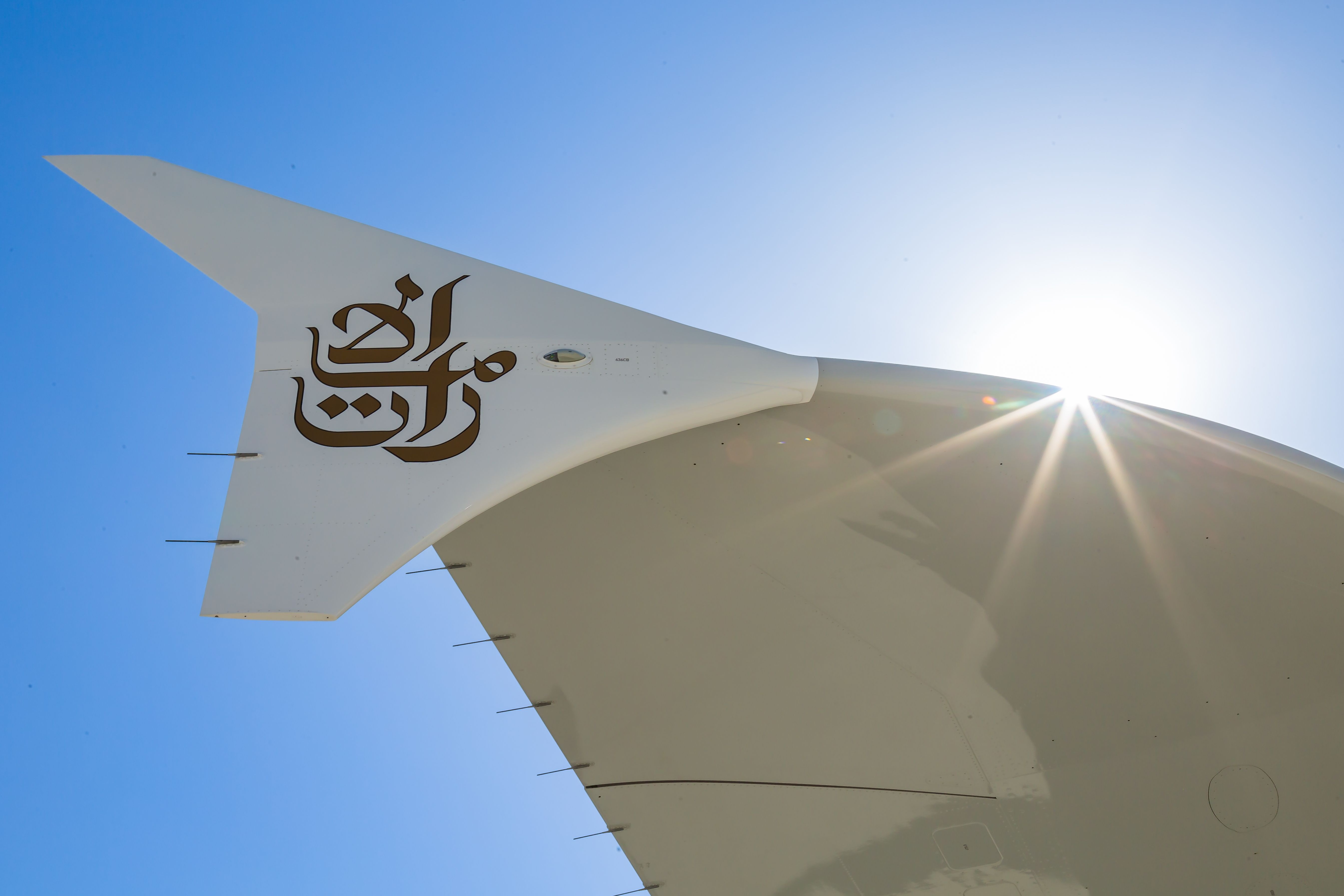
What Are Those Metal Rods On The Aircraft Wing?
You may have noticed them when looking out the window during a flight.The modern aircraft design
While this may seem like an unpleasant experience, modern jetliners are designed with lightning strikes in mind. According to a 2018 TIME Magazine article, the last commercial plane crash directly caused by lightning occurred in 1967. Aircraft undergo specific lightning tests to ensure they can withstand hits as part of their certification.
These days, more and more aircraft are taking to the skies with a mix of composite parts and metal. For example, the Boeing 787 Dreamliner is 50% composite by weight, including the fuselage itself, while an Airbus A350 is made from 53% composite materials.
These materials, such as carbon fiber laminate, do not conduct electricity as well as metal. Therefore, plane makers must fit composite parts in lightning-strike-prone areas with additional lighting protections.
These protections consist of an embedded layer of conductive fibers, such as mesh constructed from copper foil, to direct the current. The Airbus A350's lightning mesh is a significant part of the previous row between Airbus and Qatar Airways over peeling paint on the latter's A350s.
Qatar Airways argues that damage to the lightning mesh on its A350s could lead to a fuel tank fire. It seems like the design flaw did not pose a severe threat to the aircraft's safety, as both parties settled in court without admitting liability.
Potential temporary interference with instruments
The lightning typically exits another extremity of the aircraft, such as the tip of the tail. It will then continue to the opposite polarity in the cloud structure. If it cannot find an opposite polarity, it will hit a point on the ground instead. If the aircraft becomes part of the cloud-to-ground lightning event in this way, passengers and crew may see a flash and hear a loud bang.
According to a Scientific American article, pilots have sometimes reported a temporary flickering of the lights or brief instrument interference on such occasions. This is not strange as a typical lightning bolt can measure up to 300 million Volts, 2.5 million times higher than household voltage.
The plane's metal skin protection primarily extends to the delicate electrical wiring. However, the current from the lightning can sometimes cause what is known as "indirect lightning effects," where equipment beneath the skin is subjected to unwanted interference.
For this reason, circuitry and equipment essential to the safe flight and landing of the aircraft must have specific protection in the form of shielding, grounding, insulation, and surge suppression. Boeing notes that a strike of unusually high intensity can damage components such as electrically controlled fuel valves, generators, power feeders, and electrical distribution systems.
Discover more aviation news about the passenger experience here.
No fueling the flames
When dealing with any form of a spark, flammable substances such as fuel need to be heavily protected. The construction around aircraft fuel tanks must be thick enough to withstand a "burn-through" from lightning. To ensure this, all vents, access doors, and caps must adhere to the relevant lighting protection certification standards.
Such standards were implemented after a severe lightning strike accident occurred involving a Pan Am Boeing 707. The jet exploded in flight after vapors in the fuel tank ignited. New fuels with less hazardous vapors have also become normal in another effort to minimize the potential impact of a severe lightning strike.
If a plane is struck by lightning, the pilots check all the systems to ensure everything is functioning. If a serious issue is detected, the aircraft will divert to land at the nearest airport. This only happens in extreme cases, as flights usually continue to their destinations after a strike.
Even if it lands seemingly unscathed, the aircraft's exterior will be thoroughly checked for damages on the ground. These mandatory inspections delay flights and create costs for the airlines; therefore, pilots will avoid flying through thunderstorms if possible.
Few incidents are caused by lightning
Most lightning strikes are benign and only very rarely cause major concern. Av Herald reports over 15 such incidents in 2023, including one designated as an 'accident' involving a Singapore Airlines 787 in June.
Recently, a Delta Air Lines A220 had to declare an emergency after a lightning strike on approach to Boston, with the aircraft landing safely and everyone onboard unharmed. In some cases, planes can suffer considerable damage, as was the case with a Jetstar Boeing 787 Dreamliner in May - the plane displayed scorch marks and blistered paint and took several weeks to return to service.
The risk to individual safety from lightning strikes seems higher for individuals outside the plane than those inside. For example, a Vietnam Airlines maintenance worker tragically died in September 2021 when he was struck by a bolt while checking on one of the carrier's aircraft's wings during stormy weather.
Other weather threats
Another highly common weather effect is turbulence, of which there are several types. While modern technology has helped the industry get better at predicting and avoiding turbulence, some experts have predicted a rise in turbulence events due to the effects of climate change. In particular, 'clear air turbulence' events - which have already been on the rise - may continue to increase in frequency in the coming years.
Freezing fog is another environmental danger pilots and airports need to be vigilant about. Freezing droplets can have a major impact on engine performance and long-term health, not to mention visibility issues.
Have you ever experienced a lightning strike while flying? Tell us about your experience in the comment section.
Sources: Av Herald, FlightRadar24.com, National Weather Service, Scientific American, TIME Magazine

